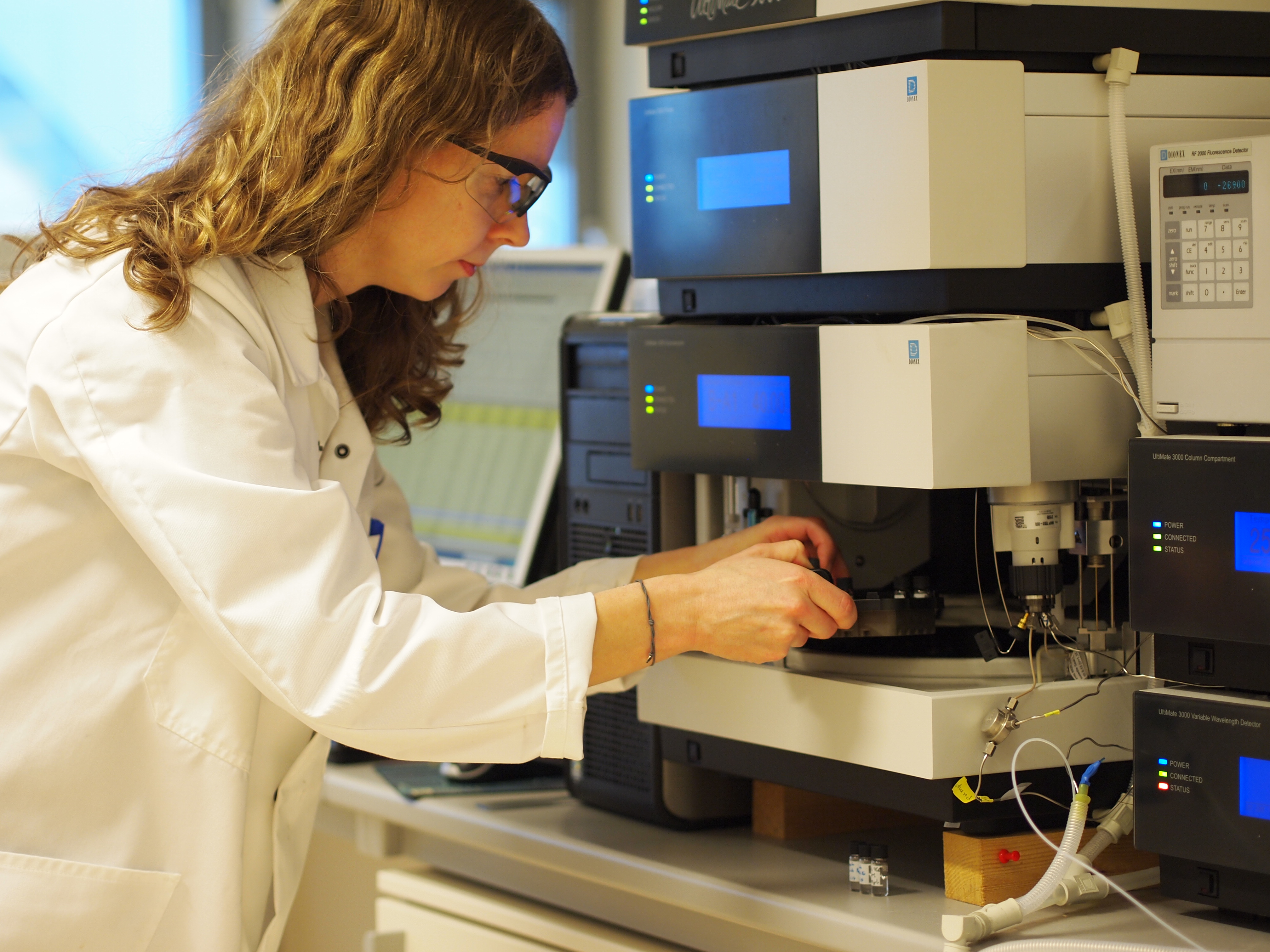The main objective of this task was to devise methods and procedures to map volumetric distribution of residual oil saturation in a reservoir after secondary production.

Task leader: Tor Bjørnstad, Special Advisor
Our approaches were based on improvement on existing and development of new tracer technology for interwell and near-well applications. The methods were based on the simultaneous use of passive water tracers and phase-partitioning (oil/water) tracer compounds. A secondary objective was to develop technology for improved description of high-permeability flow fields (fractures) between wells. This was based on the simultaneous application of molecular passive water tracers that will probe all available waterflow-contactable porosity in the formation and on nanoparticle tracers that will move preferentially in the fracture volumes.
The need for infill wells, EOR operations and conformance control were the most important targeted information. Main deliverables were “methodologies for evaluation of IOR potential” and “recommended practices” for these technologies.
This task have, over time, consisted of two main subject parts: 1. interwell tracing divided between development of SOR measurement technology for flooded volumes and improved fracture/fissure description by application of nanoparticles and 2. near-well SOR determination divided between the development of new on-line analysable fluorescent molecular esters and their hydrolysis products for push-and-pull operation, and the development of an innovative concept of using nanoparticles as carriers (nanocarriers) for simultaneous transport of passive and partitioning tracers some distance into the reservoir before simultaneous release and back-production.
The laboratory-based experimental work on phase-partitioning tracers for SOR determination in flooded volumes between wells (sub-project 2.5.6.) was finalized with good results. This technology is ready for reservoir piloting. A PhD dissertation was completed and accepted (Mario Silva) in 2021. All results are given and discussed in detail in the corresponding comprehensive thesis.
Previously, continued work on particle tracers (carbon quantum dots or C-dots) for fracture detection was merged with the program for development of nanoparticle carriers (sub-project 2.5.4) for the PhD student Arun Kumar Panneer Selvam (started in March 2019). The remaining time for the PhD student should be concentrated on nanocarrier development. This program, which has a considerable potential if completed successfully, has been allocated extra economic and manpower resources, and was the main focus for 2021.
The sub-program for experimental development of lanthanide-based fluorescent hydrolyzing esters for near-well SOR measurement (sub-project 2.5.5.) was experimentally finalized in 2020. Topics like molecular synthesis and lanthanide complexation, instrumental analysis by UPLC/MS/MS, measurement of hydrolysis rate and flooding properties in porous media have been successfully completed. However, the required water/oil partitioning appeared to be non-satisfactory. Thus, the ultimate goal was not reached within the frames of this project. A technical report summarizing the most important experiments, results and recommendation for further work was published during the fall of 2021.
2.5.1 Development and testing of nanoparticles as tailor-made tracers for improved reservoir description and for measurement of defined reservoir properties (postdoc project) (links will be provided)
2.5.2 Single-Well Chemical Tracer Technology, SWCTT, for measurement of SOR and efficiency of EOR methods (postdoc project by Mahmoud Ould Metidji)
2.5.3 Partitioning tracers for determination of residual oil saturation in the inter-well region (PhD project by Mario Silva)
2.5.4 Nanoparticle tracers for petroleum reservoir studies (PhD thesis expected in 2022)
2.5.5 Lanthanide ester complexes for SWCTT: Focus on their partitioning behaviour, quantification procedure and dynamic performances (postdoc project by Mahmoud Ould Metidji)
2.5.6 Dynamic flooding properties of new PITT tracers (merged into PhD project 2.5.3)